Notes from my recent visit to beautiful, spooky, and historic Salem Massachusetts
It’s been more than 320 years since the tragic episode that occurred in a tiny seacoast community in the wild, new lands of New England. Still, the Salem witch trials resonate across the centuries, partly because of modern interpretations like The Crucible; partly because the human themes involved (greed, superstition, religious fervor, and injustice) still are still so relevant today; and partly because many of the actual locations involved are still extant today.
Salem has been many things in its long history. It has been a puritan community of farmers and merchants. It has been a highly successful trading seaport. And it has been a tourist attraction. It has fully embraced the witchcraft theme in it’s tourism and identity.
Here are some of my observations from a recent visit to Salem and surrounding communities north of Boston.
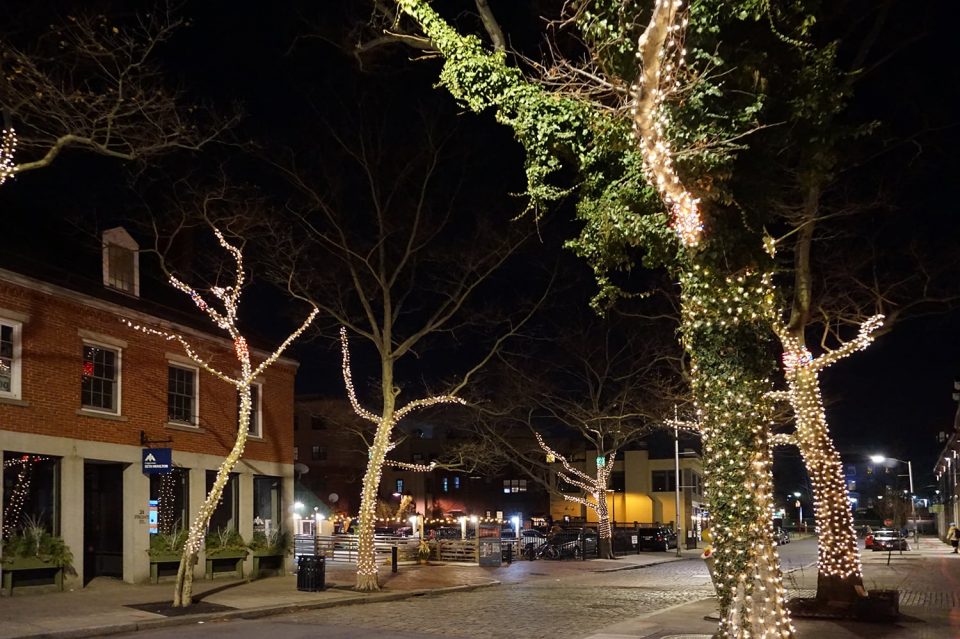
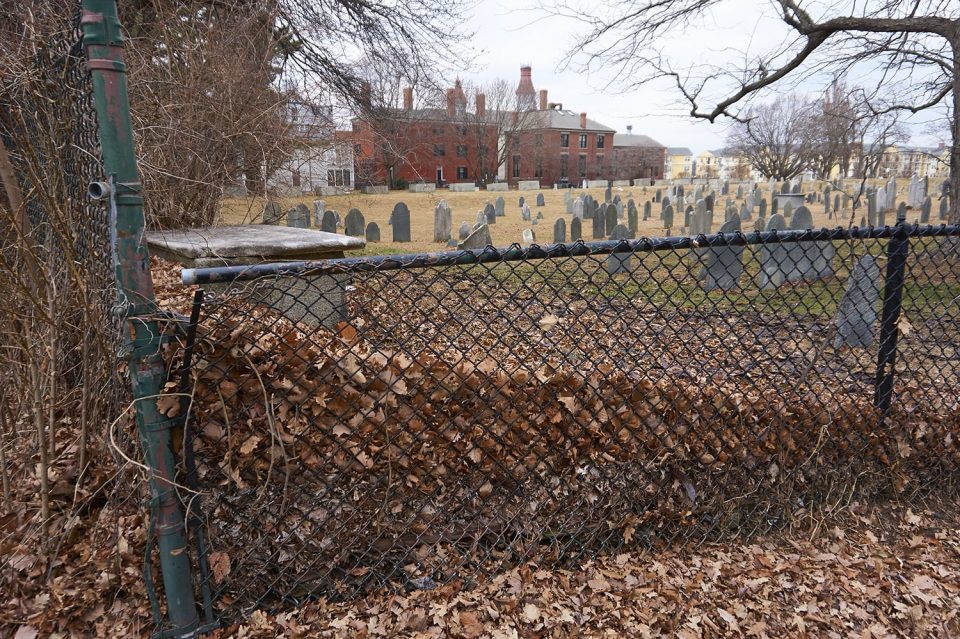
Howard Street Cemetery: Site of the Giles Corey pressing
The Howard Street Cemetery is just a block or two from the Salem Witch Museum. It was established in 1801, a full 109 years after the witch trial debacle. It’s not the oldest or most famous cemetery in Salem, but it is connected to the witch trial era because it was the field where Giles Corey was pressed to death.
80-year-old Giles Corey and his wife were among those accused as witches, however Giles refused to enter a plea of guilty or not guilty. Under the law, he couldn’t be tried for witchcraft without entering a plea, so he was taken to the plot of ground next to the prison where he was held. There, the investigators placed a board on top of his chest and began stacking on heavy stones with the goal of extracting a plea. As the weight began to crush the life out of Corey, the investigators asked for his plea, and his classically defiant reply was simply, “more weight.”
Short video of the Howard Street Cemetery in Salem
Salem Witch House
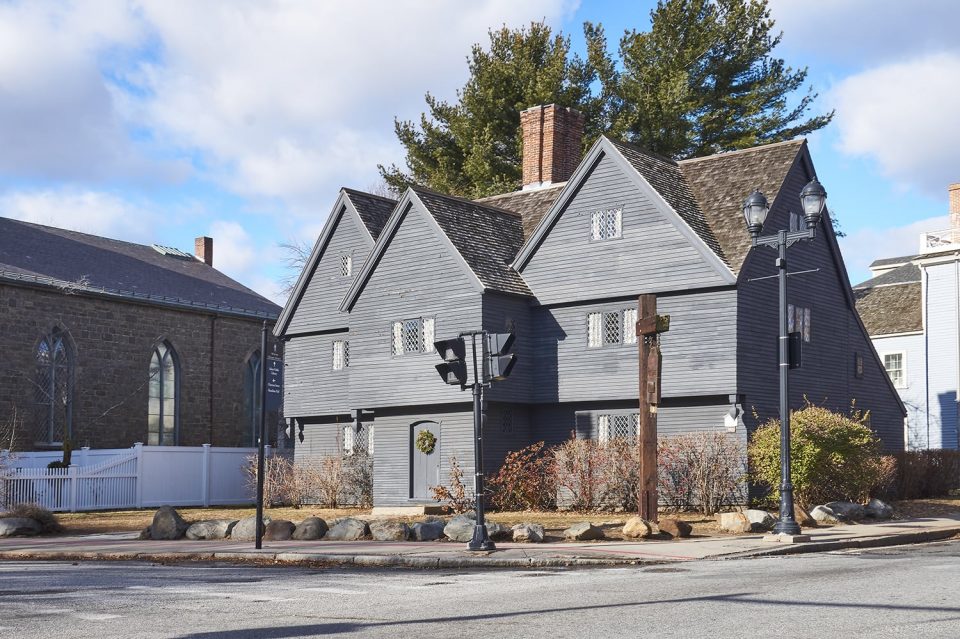
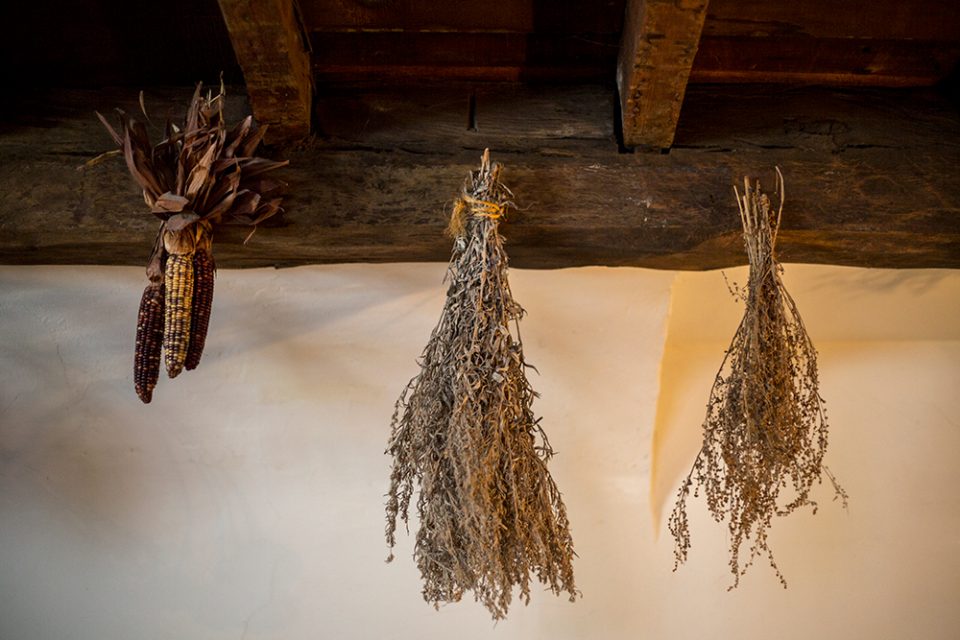
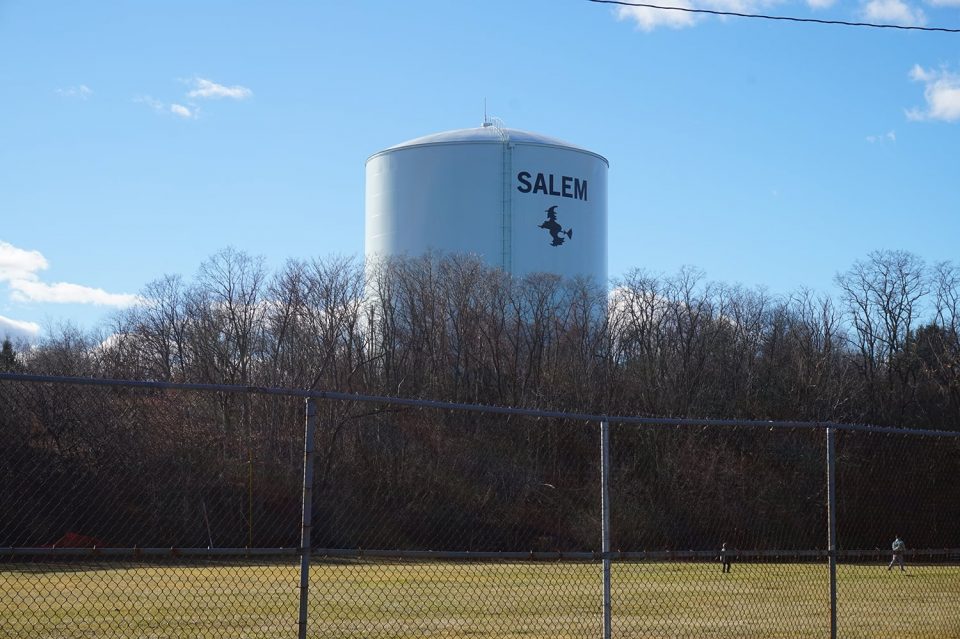
See my fine art black and white photographs of Salem and other New England locations here
The Old Burying Point
The Old Burying Point is the oldest cemetery in Salem, and founded in 1637, among the oldest in the US. Within its boundaries you can find many very old headstones, including this one below, belonging to “Hanging judge” John Hawthorne, who was one of the presiding judges of the Salem Witch trials.
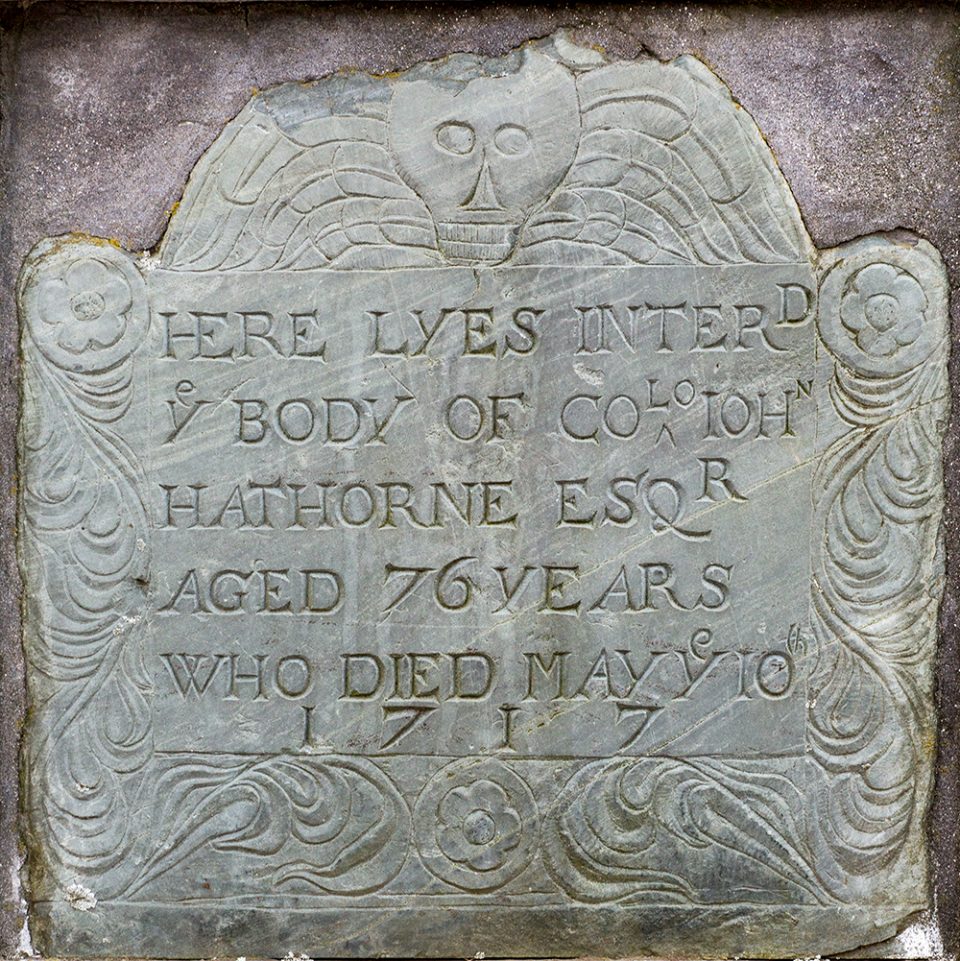
Hawthorne’s stone says, “Here lyes inter’d ye body of Col John Hathorne Esqr Aged 76 years Who died May ye 10th 1717”
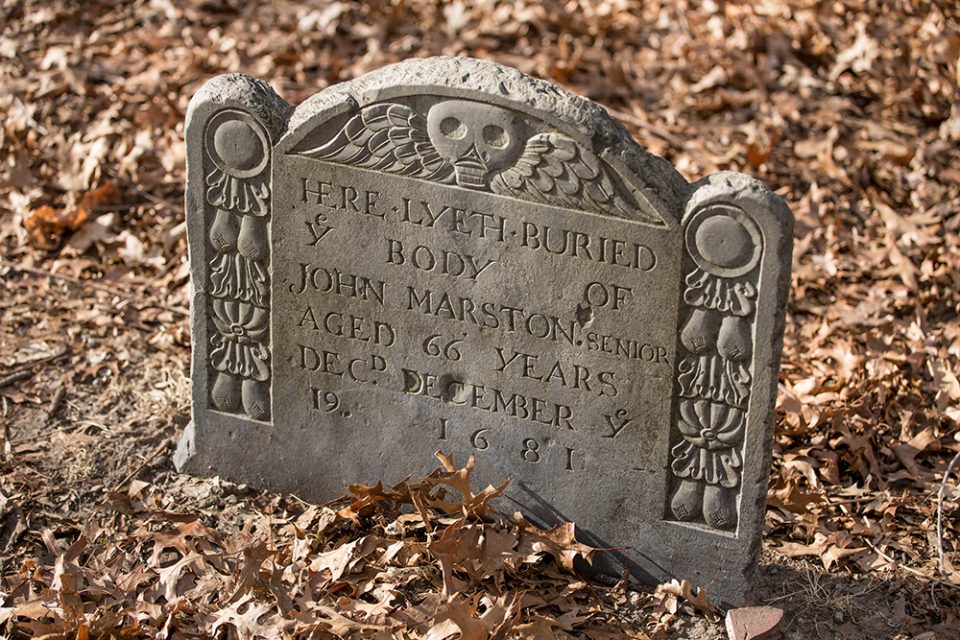
Proctor’s Ledge: The real Gallows Hill?
Those convicted of witchcraft in 1692 were hanged on a spot known as “gallows hill.” It’s been a matter of speculation, research, and debate as to the location of that spot. Salem has a designated park known as Gallows Hill Park, but recently scholars have determined that the actual hanging ground is about a block away on an inauspicious rocky mount called Proctor’s Ledge. The hanging spot is an empty lot situated between two houses in a neighborhood. A memorial can be found at the base of the ledge on Pope Street, next door to a Walgreen’s.
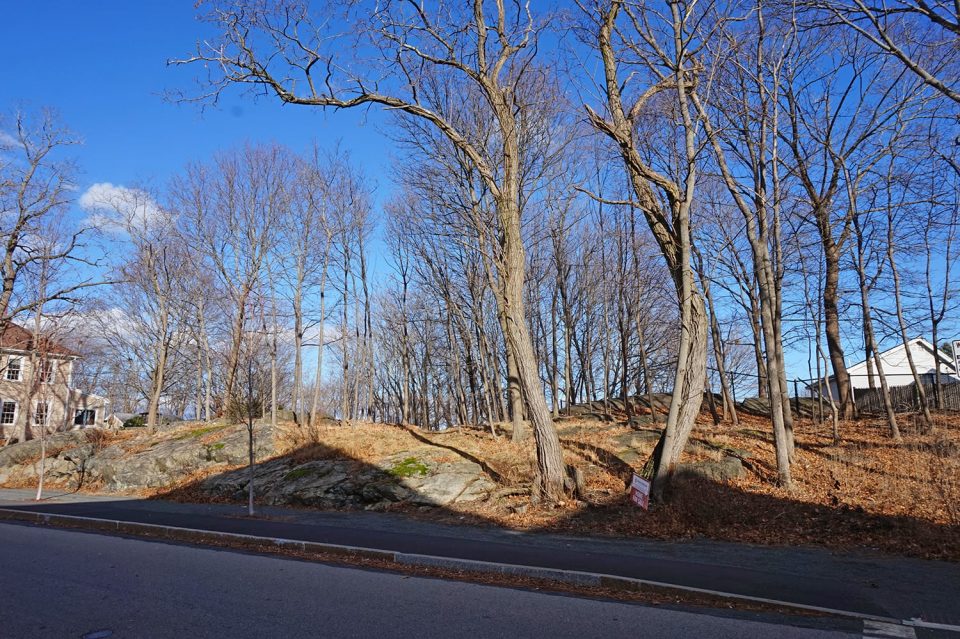
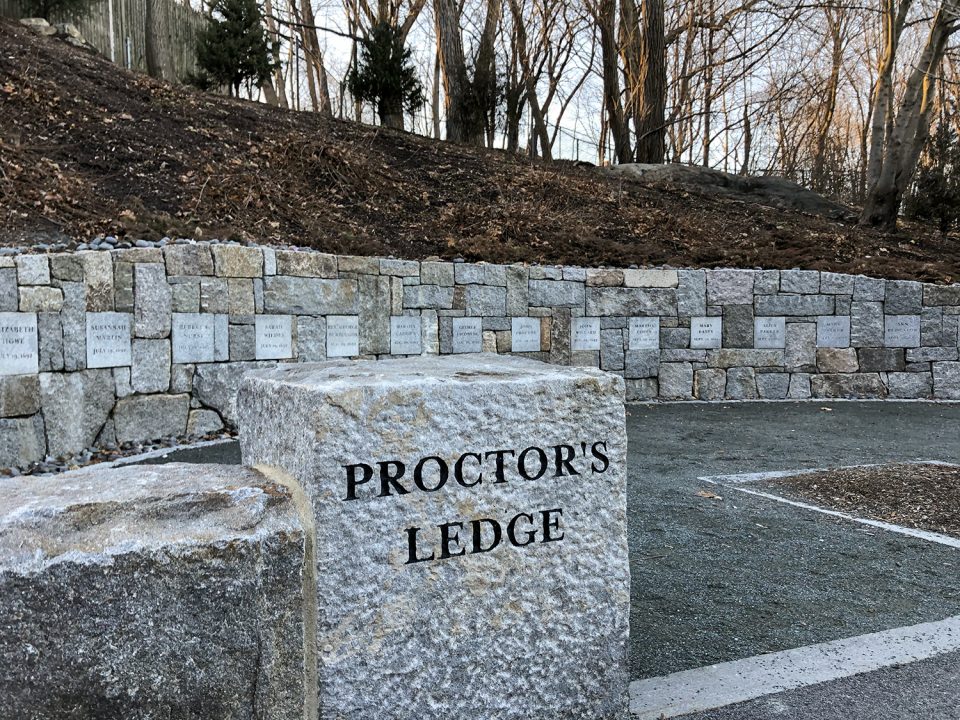
As you can see, Salem is a place where history is not only remembered, but can be seen, and felt all around you.
Learn more about the history of Salem witch trials here
See my fine art black and white photographs of Salem and other New England locations here
Thanks for reading!
Be sure to visit me on Facebook, Google+ or Pinterest, or on my website at keithdotson.com.
~ Keith
Note: This post contains Amazon links. As an Amazon affiliate, I may earn a small commission from qualifying purchases.
